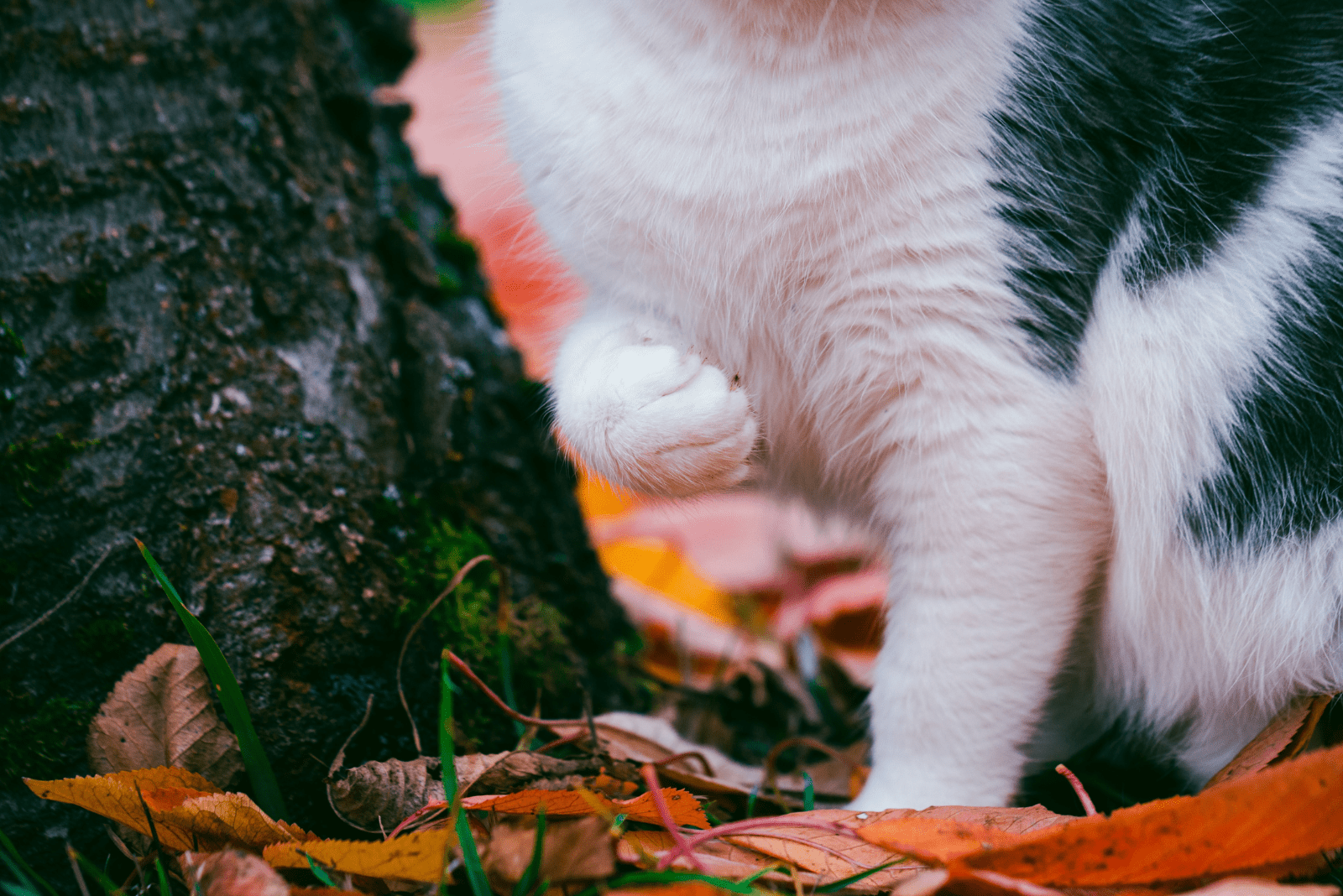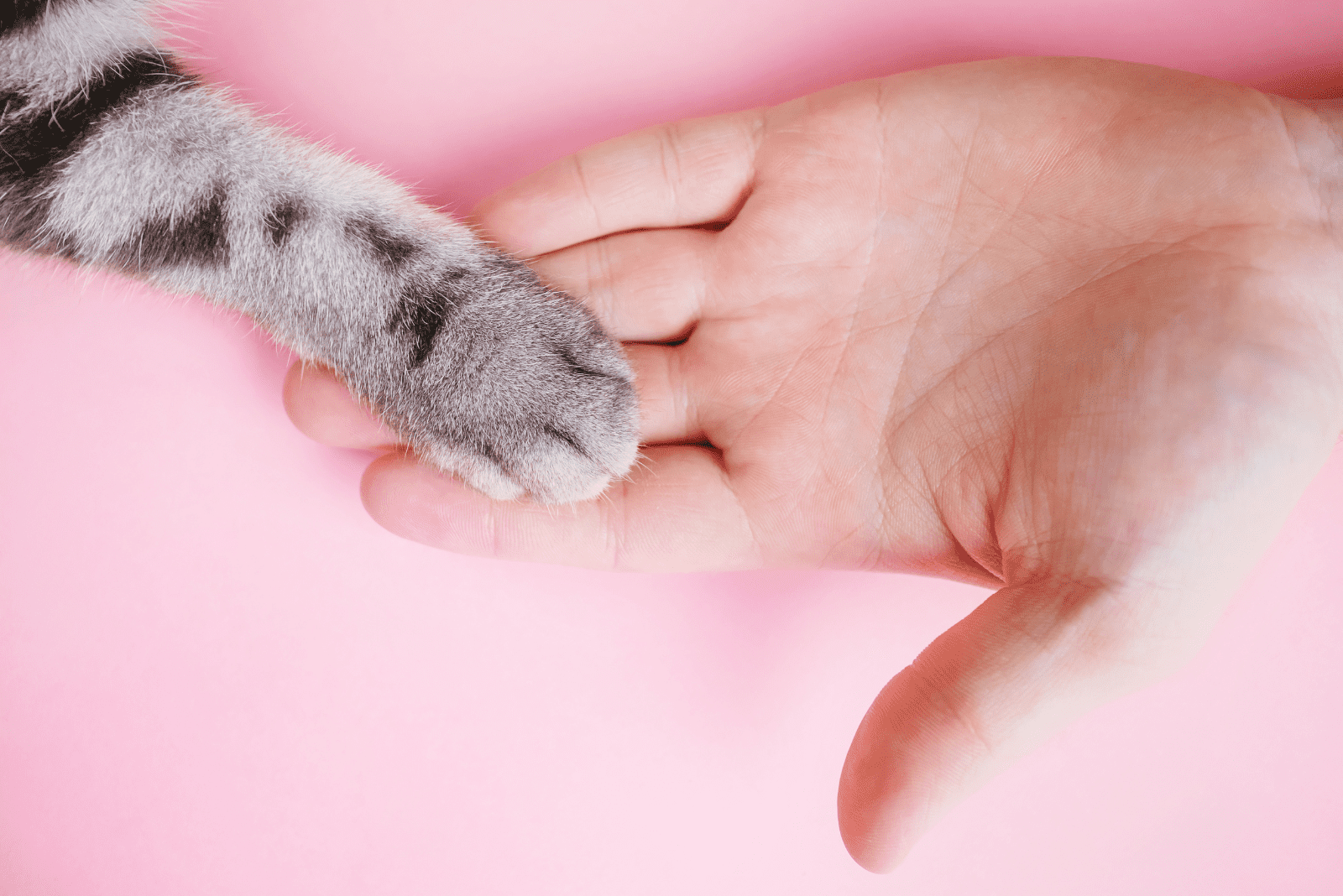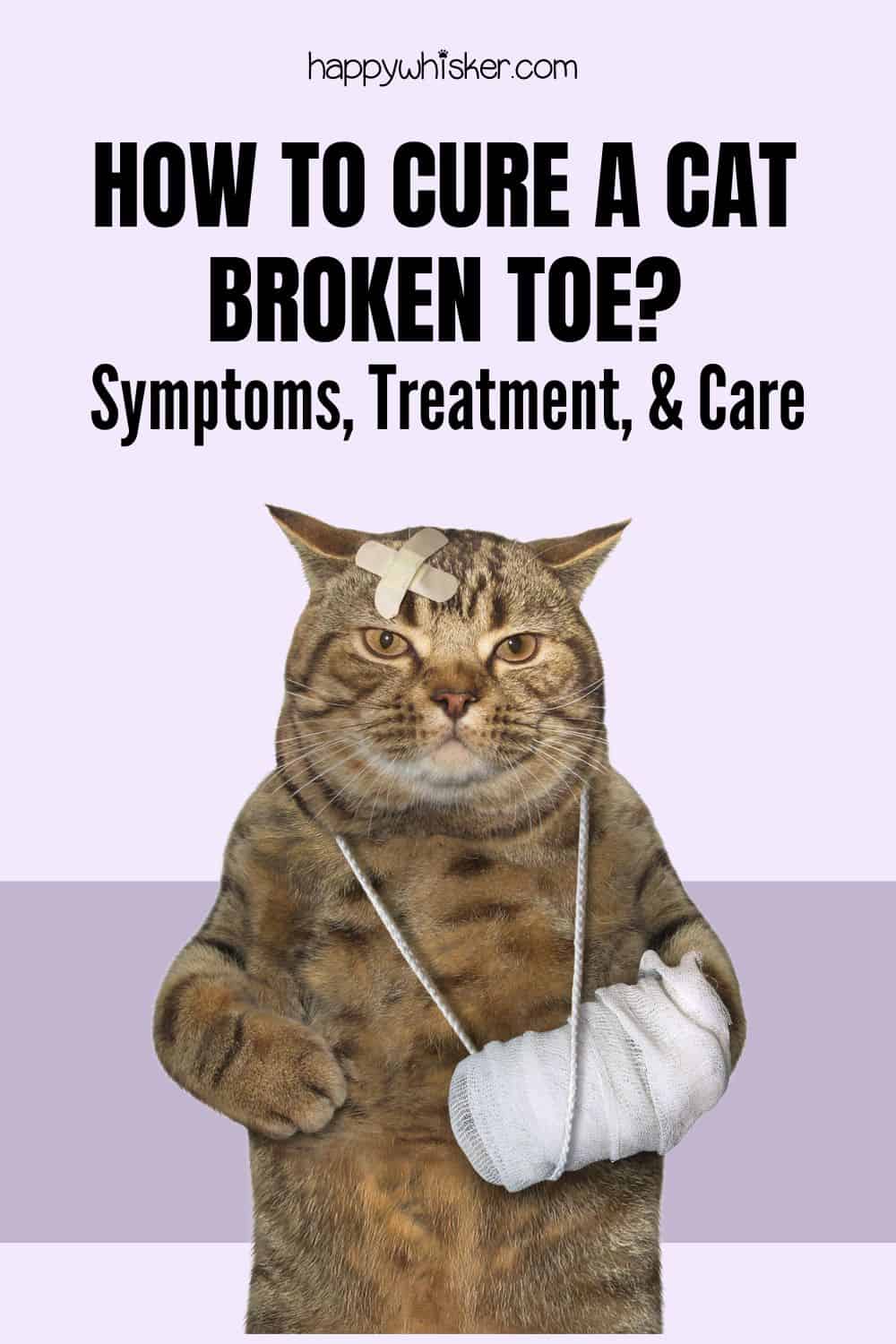How To Cure A Cat Broken Toe? Symptoms, Treatment, & Care

A broken toe sounds so painful, so it is normal to be worried if your kitty is diagnosed with a damaged toe. You don’t want your cat’s foot issues, whether it’s a broken toenail, fractured bone, sprain, or torn ligaments, to affect your cat’s overall health.
This is why veterinary care is so important in preserving your pet’s health. In some severe cases of fractures, per veterinary medicine, your vet will suggest amputation of the injured area if there’s no chance of saving it.
In most cases, your cat’s fractured bones can be cured, especially if it’s a case of a broken toe. All pet owners should be aware of the following symptoms and treatment options if their cat happens to break a toe.
Causes & Symptoms Of Cat’s Broken Toe

A cat’s paw has a total of four toes, and each toe has three bones. Since most of a cat’s weight rests on the two middle toes, fractures in these weight-bearing toes can greatly affect your pet’s movements.
While people tend to believe faulty landings as the number one culprit, many other things can also contribute to toe fractures. Fights with other animals, rough play, vehicle accidents, and even tripping while walking can all cause broken toes in cats.
Cats getting their paws stepped on can also result in broken bones in the paw or even a broken leg.
Fractures in cats usually have few, if any, long-term consequences. However, joint damage inevitably causes problems such as persistent pain and chronic lameness.
Symptoms
It’s in a cat’s nature to hide its weaknesses, so you should watch out for any behavioral changes. Here are some symptoms and signs of pain to look out for in connection with broken toes in cats:
• limping
• exhaustion
• cat hiding away
• sudden appetite loss
• yowling and growling
• swelling and bruising
Occasionally, badly broken bones can pierce through the cat’s skin. It goes without saying that if you see anything resembling bone sticking out of your cat’s toes, you have to act quickly and get urgent veterinary attention.
However, to increase the cat’s chances of recovery from a broken toe, you should take a few precautions before you transport the cat. While injured cats need to be taken to the veterinarian, there are some things that can be done beforehand to help protect the toe.
Securing Your Cat’s Broken Toe For Transport
As soon as you suspect that your cat might have a broken toe, you need to contact your vet and let them know you are coming with an injured cat. Try to provide any relevant details about your cat’s condition as well.
Splint your pet’s broken toe as gently as possible so as not to aggravate the fracture. If you find a protruding bone in your cat’s broken toe, cover the area completely with sterile gauze from your first aid kit.
Then, start rolling the gauze gently across your cat’s paw in a figure eight pattern, stretching it halfway down the cat’s leg. Use multiple layers to keep things snug, but not so tight as to obstruct blood flow to the affected limb.
Wrap the cat in a blanket or a towel, put it in a travel carrier, take it to the vet, and try to keep motion and stress to a minimum.
Diagnosis & Treatment
A veterinarian will perform a series of diagnostic tests to determine the presence, severity, and location of the fracture. To establish a thorough picture of your cat’s current state, several x-rays of the foot will probably be taken.
Your veterinarian will devise a suitable treatment plan for your pet based on factors such as age, the kind of fracture, the severity of the fracture, and so on. Cats with fractured toes usually have the following treatment options:
• immobilizing the affected area with a cast
• antibiotics (or anti-inflammatory meds)
• pain medication
At-Home Care & Prevention

There are no special guidelines for at-home care for cats with broken toes. You simply need to limit your feline friend’s mobility to allow the bones to mend correctly.
Typically, the splint must be changed every two weeks, but if it becomes damp, filthy, or sores appear, the period may be reduced. Follow the vet’s advice on this.
If your cat scratches its toes excessively, an Elizabeth collar, a cone device that prevents the feline from delaying its recuperation, is an excellent solution. Check up with the vets after a few weeks to see how the fracture is mending.
It is so hard to prevent this type of injury; cats pretty much do whatever they want, so cat owners can only take a few precautions and hope for the best!
Limit Your Cat’s Access To High Spots
Although the image of your cat resting in the sun on the balcony is a pleasant one, it is strongly urged that you do not allow it. Do what you can to prevent your cat from reaching locations that could result in traumatic falls, for its own protection.
The same goes for high shelves and cabinets around the house. Watch over your cat carefully until the broken toes heal completely.
Keep Your Cat Indoors
The outdoors has a range of risks, from predators to traffic, necessitating the confinement of your furball. Cats are known for being cunning creatures, therefore, if they see an opportunity for exploring, they will take it!.
Unfortunately, your pets’ curiosity can cause more harm than good because they are much more likely to get injured outdoors. That is why it is usually recommended that you do whatever is necessary to keep your furry companion indoors.
You can install scratching posts or cat trees, or you can offer your pet a comfortable bed and stimulating toys. It can be useful to put a bell on the cat’s collar so that you know where it is.
Always Double-Check Where Your Cat Is
We sometimes step or even sit on our cats because they love to nap in strange places, i.e. in whichever random spot they feel most comfortable in! This is why we always need to check that our cat isn’t behind us or under our feet when we make a step or go to sit somewhere.
Cats can get scared and run away without any warning, so sometimes it can happen that we step on their paw and it ends up in broken toes.
As a result, if you have a freewheeling cat, it’s strongly advised that you stay vigilant and double-check where your cat is before sitting down!
FAQ
Will a cat’s toe heal on its own?

Most paw cuts heal entirely on their own or with compresses and rest, but if your cat’s cut hasn’t closed after a week or is bloated and oozy, see your veterinarian.
The same goes for fractures, a broken bone may not heal as it should on its own, which is why veterinary care is of utmost importance.
How long will it take for a cat’s broken toe to heal?
Broken bones in cats mend in around six to eight weeks on average, although this can vary. In general, kitten bones mend faster than adult cat bones. Your assistance at this point is critical for the success of your cat’s therapy.
Why is it important to take a cat to the vet if they have a broken bone?
If you believe your cat has a broken bone, take it to the veterinary clinic as soon as you can. A broken or cracked bone causes a lot of pain and may need help to set it in the correct position or it can cause long-term problems.
Cats are frequently stoic creatures, and they’re good at hiding their pain, but it is critical that your veterinarian assess the condition and give your cat pain medicine. It is important to go to your vet because bone fractures can only be healed correctly by them.
What is the difference between a cat’s front and back paws?
The front paws are larger than the cat’s back paws. If you look attentively at your cat’s paw, you’ll see that the front paws have an additional small “toe”, which is a little like a thumb. Each front foot has five digits, or toes, and each rear foot has four toes.
Is a cat’s toe like a human’s toe?
Not exactly! We walk on our feet, and our toes are just part of our feet. As for cats, they use their toes for walking rather than their feet.
While humans commonly refer to cat paws as “feet,” they are more akin to toes – the true “foot” reaches up to the second bend in their thigh.
Cats evolved to walk on their toes, providing them with a significant survival edge as this makes them silent and stealthily when hunting.
Final Words
While your cat is recovering from a broken toe, your help is crucial. You should assist your cat with using the litter box, cuddle your cat, and provide yummy treats, and your cat’s favorite cat food, so your cat doesn’t get anxious or stressed.
You should minimize your cat’s frantic runs around the house and limit its chances to climb up to higher spots. If this proves difficult, you can provide a bit of cage rest when you don’t have the time to watch over your cat the whole day.
This way, your cat will be safe, and you won’t have to worry about it jeopardizing the healing process. Your cat’s health is the most important thing, so when a fracture – such as a broken toe – occurs, it’s important to do whatever it takes to make sure its condition doesn’t worsen.
I hope that this short cat care guide was helpful and that you’ll know what to do if your cat has the misfortune to break a toe.
Related Articles:
• My Cat Is Limping But Not Crying – What Does It Mean?
• What Are Cat Toe Beans? TOP 15 Interesting Facts
•The Benefits Of Gabapentin For Cats – Is Using It Risk-Free?
Like this post? Share or pin it for later!







